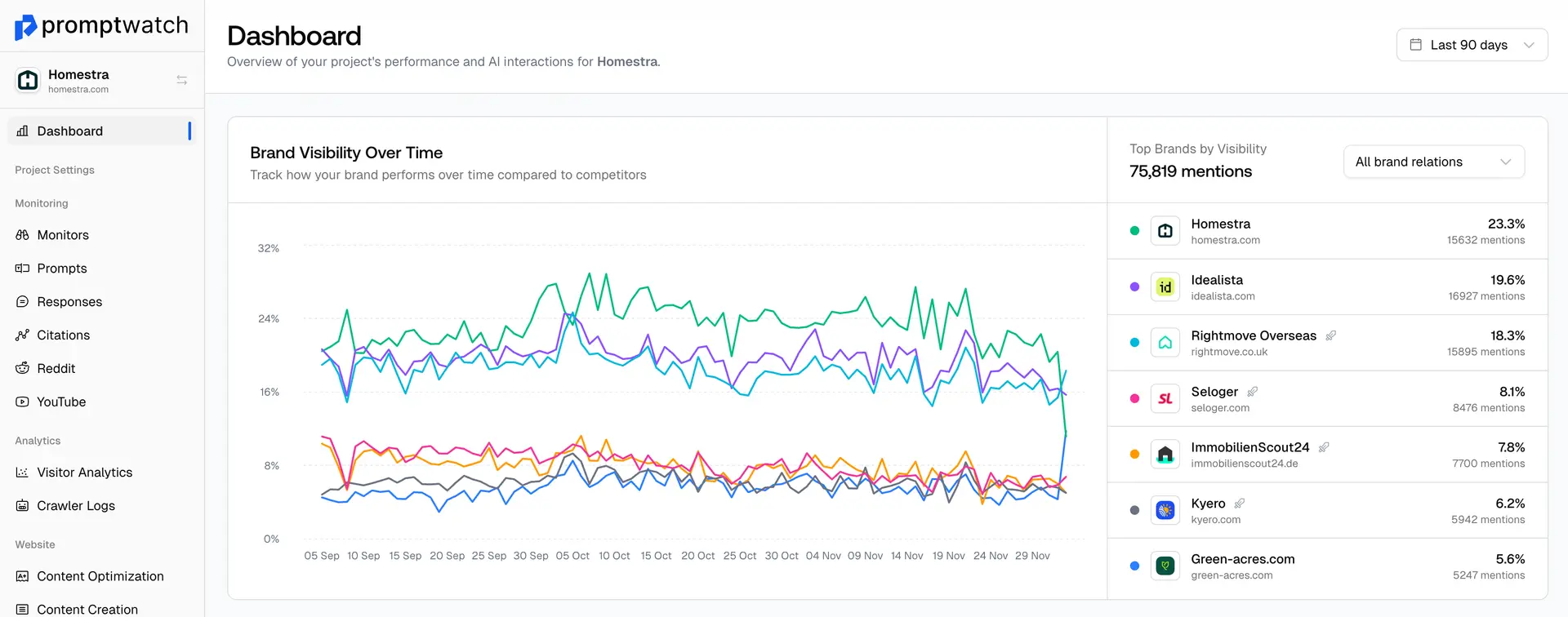Definition
Multimodal AI represents the next evolution in artificial intelligence—systems that can understand and process multiple types of information simultaneously, just like humans naturally do when we read text while looking at images, listen to audio, and interpret visual cues all at once. Unlike traditional AI systems that were designed to handle only one type of input (text-only or image-only), multimodal AI can seamlessly integrate and understand relationships between different forms of data.
The power of multimodal AI lies in its ability to create richer, more contextual understanding by combining different information sources. When you show GPT-4V (Vision) a photo of a restaurant menu and ask 'What would you recommend for someone on a keto diet?' the system can analyze the visual text in the image, understand dietary restrictions, and provide personalized recommendations—something that would require multiple separate systems in traditional AI architectures.
For businesses, multimodal AI opens up entirely new possibilities for content optimization and user engagement. E-commerce companies can create AI systems that understand product images, descriptions, and customer reviews simultaneously to provide better recommendations. Content creators can develop AI tools that analyze video content, transcripts, and viewer engagement data to optimize their content strategy. Marketing teams can use multimodal AI to understand how visual elements, text, and audio work together in their campaigns.
The implications for GEO are particularly significant. As AI systems become more sophisticated in processing multiple types of content, businesses need to optimize not just text, but images, videos, audio, and the relationships between these different content types. A restaurant might be cited by multimodal AI not just based on their written reviews, but also by analyzing their food photos, menu images, and customer-uploaded videos—creating a more comprehensive understanding of their offerings.
Multimodal AI is already being implemented in various applications: customer service chatbots that can understand both text questions and uploaded images of problems, medical AI systems that analyze symptoms described in text along with medical images, educational platforms that combine visual learning materials with text and audio explanations, and content creation tools that help optimize across multiple media types simultaneously.
Examples of Multimodal AI
- GPT-4V analyzing a screenshot of a website and providing specific UX improvement recommendations based on both visual design and text content
- Google's Gemini processing a product photo along with customer reviews to generate comprehensive shopping recommendations
- AI systems analyzing video content, audio, and captions simultaneously to create more accurate content summaries and recommendations
- Multimodal AI helping e-commerce sites understand product images and descriptions together to improve search and recommendation accuracy
